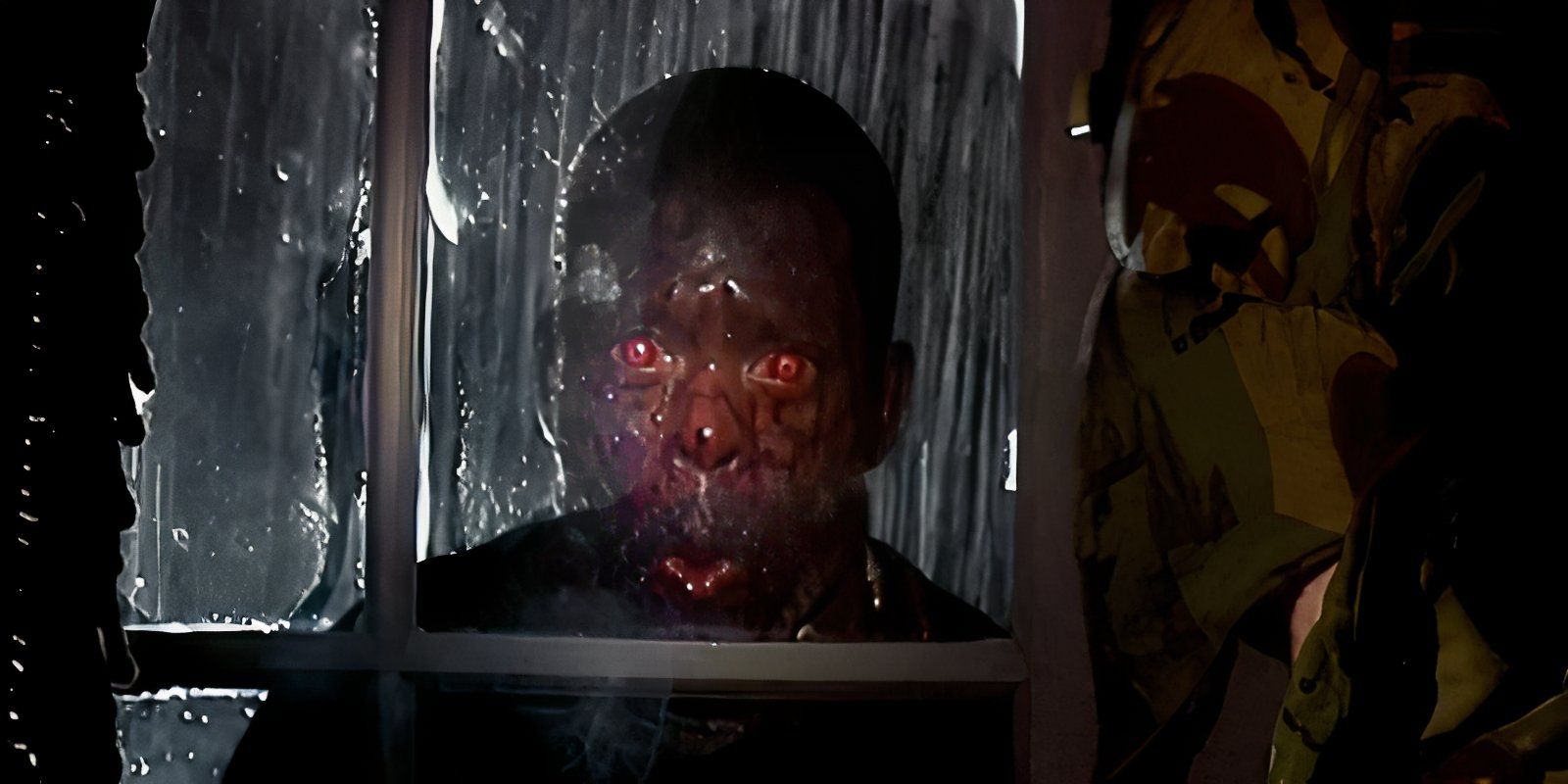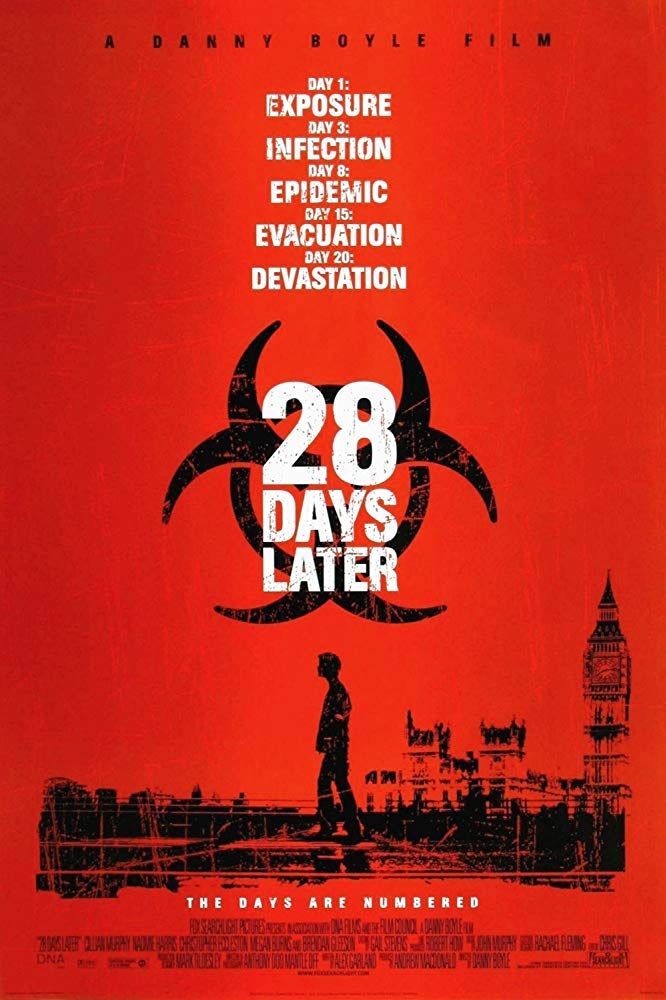Why 28 Days Later Insists On Calling Its Zombies "Infected

Summary
- 28 Days Later’s Infected aren’t traditional zombies, making them more realistic and dangerous.
- The film changed the zombie sub-genre by introducing fast and emotionally driven Infected.
- Despite technically not having zombies, 28 Days Later still embodies zombie movie tropes.
The famous zombie film 28 Days Later adamantly refers to its monsters as the “Infected,” despite their zombie-like qualities. By only using this term, the movie emphasizes that its creatures are technically different from typical zombies. In 28 Days Later, the Infected are those exposed to the Rage Virus, a highly contagious, lab-made illness released in the film’s opening scene. Though fictional, the Rage Virus was inspired by real illnesses. Twenty-eight days after this outbreak, Jim (Cillian Murphy) wakes from a coma to find a post-apocalyptic London.
While the Infected seem like zombies, the term is never officially used in 28 Days Later. Even Cillian Murphy weighed in that it never felt like a zombie film during production, saying he thought the film was rooted in real-world events, not based on zombie lore or other famous undead depictions. The Infected were distinct enough to often feel like their own monster, even if inspired by the zombie sub-genre. This debate has been ongoing since the film’s release over twenty years ago and will certainly continue in the film’s latest sequel, 28 Years Later.
Related
10 Questions 28 Years Later Can Finally Answer About Danny Boyle’s Universe
28 Days Later and its sequel seemingly offered fitting endings to their character beats but still left enough questions for 28 Years Later to answer.
28 Days Later’s Infected Aren’t Traditional Zombies
The Film Changed The Zombie Sub-Genre
Though they’re zombie-like, the Infected stand out as their own more realistic and dangerous monstrous entity. Most notably, unlike traditional zombies, the Infected are never resurrected from the dead, or “undead.” Instead, they are overtaken by the virus within ten to twenty seconds of exposure while still alive. Once infected, victims become rage-filled, showing unusually incredible speed and violent actions. Unlike the typical slow, staggering zombies, the Infected are very physically capable, distinguishing them as a greater threat. With the decision to introduce fast zombies, 28 Days Later changed the zombie movie sub-genre.
The infected are additionally set apart by their inclinations. Unlike the typical brain-seeking zombie, the Infected are not motivated by base desires. They are emotionally driven, fueled by rage, and unable to control their impulses. Though the movie doesn’t explain why the virus was developed, subsequent comics explained the Rage Virus was meant to create super-soldiers, not zombies. By referring to them as Infected, 28 Days Later emphasizes that the Rage Virus is man-made and highly contagious, making it feel both more plausible and frightening.
28 Days Later Is Still A Zombie Film – Despite Not Having Any Zombies
The Film’s Tropes Are What Make It A Zombie Movie
Even without traditional zombies, 28 Days Later has all the familiar tropes of a zombie film. As Jim wanders the deserted streets of London, there’s an uncanny feeling that few survivors remain. There are high-suspense chase scenes, as well as fast-paced shots from the Infected’s point-of-view. The movie also has the genre’s classic paranoia, where the characters never really know who they can trust. Even the film’s writer Alex Garland considers 28 Days Later a zombie movie, saying the Infected are essentially zombies. Despite this claim, Garland still acknowledges the film’s technical discrepancies between standard zombie lore and the Infected.
The film’s sequel,
28 Weeks Later
(2007), is available to watch on Hulu. The third movie,
28 Years Later
, will be released in 2025.
The upcoming film 28 Years Later has the opportunity to finally put the dispute to rest, making a clear statement about what exactly the Infected are. However, since the cultural understanding of zombies evolves with every new media depiction, including 28 Days Later, there will likely never be a definitive answer to the Zombie versus Infected debate. Plus, the movie benefits from the ongoing discourse, which has kept viewers interested for over twenty years. Even so, whether 28 Days Later technically has zombies in it or not, the film is widely considered one of the best zombie films to date.








